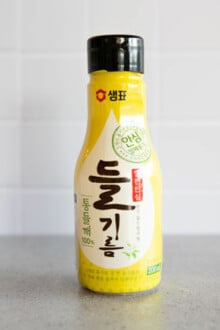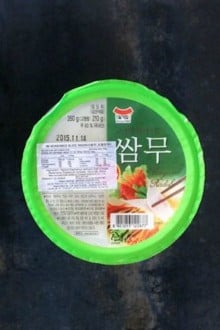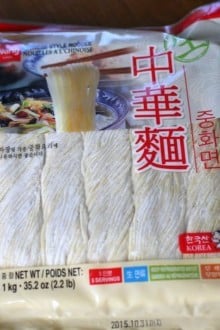Perilla Oil (Deulgireum)
Perilla oil is a Korean oil that is extracted from the seeds of the perilla plant. It is also known as perilla seed oil and is commonly used for cooking Korean dishes. Here you will find out what other benefits it has, how to store it, where to get it and how it differs from …



















